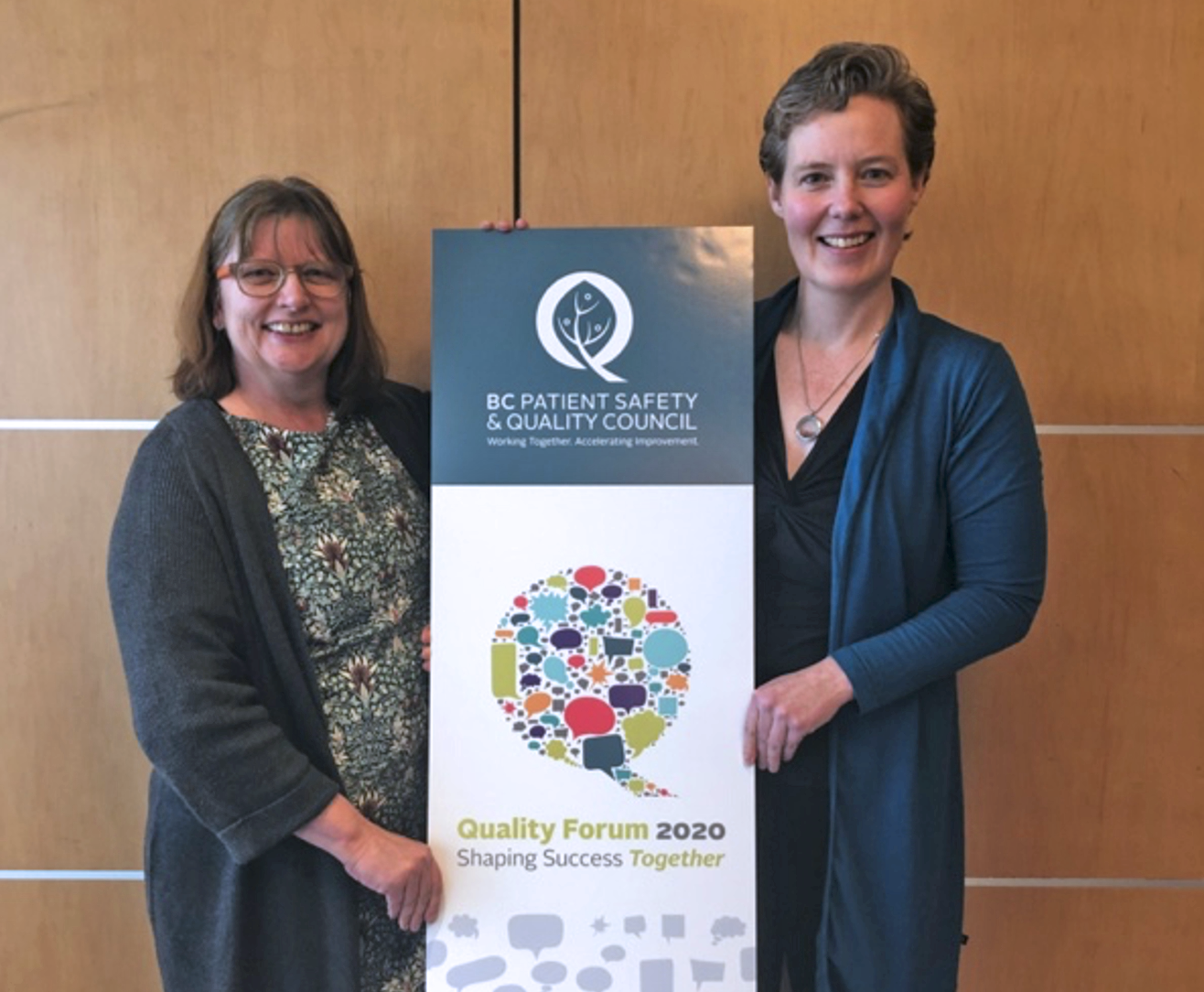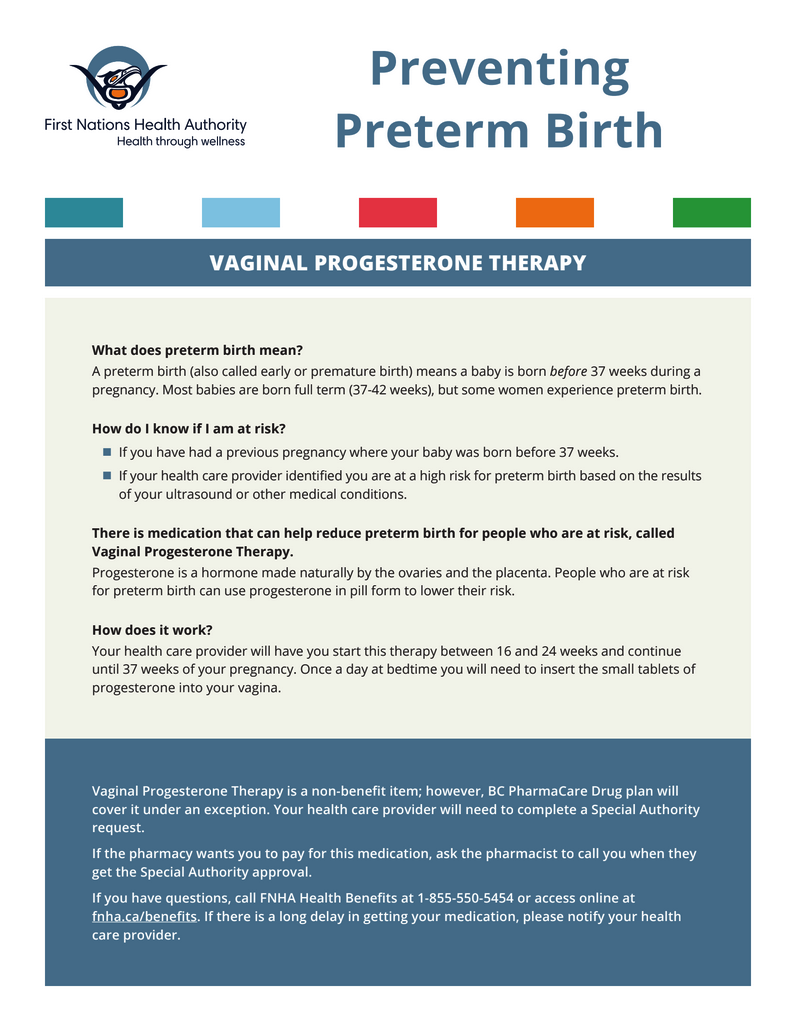New pathway to prevent preterm births spreads across the region
Prevention of Preterm Birth Pathway initiative is supporting maternity care providers to identify patients at risk and use medical interventions to prevent preterm births.
Preterm birth is the leading cause of perinatal mortality and morbidity in Canada and worldwide. Babies born before 37 weeks of gestation are at increased risk of severe medical problems. Having a preterm baby is also stressful for parents; particularly those who live in smaller communities, and need to leave their supports, jobs, and other children to seek specialized neo-natal intensive care in bigger c entres.
entres.
Dr Jennifer Kask, a family physician attached to the Campbell River Maternity Clinic, was aware of very high preterm birth rates in communities across Vancouver Island - as much as 25% in 2016/17, compared to 7.4% and 7.8% in BC and Canada respectively (2013).
With the support of Facility Engagement funding, Dr Kask collaborated with Dr Kirsten Duckitt, an obstetrical specialist, to engage family physicians, midwives, and allied health providers in discussions about identifying patients at risk and using evidence-based, effective interventions to prevent preterm births.
They noted that a simple vaginal progesterone intervention that helps at-risk patients extend their pregnancy to bring them closer to term, was used by obstetricians but not always by other providers or patients.
"We concluded there was a gap was in the knowledge of our colleagues and patients," she says.
"We knew a main risk factor for a mother having a preterm birth is having had a preterm birth previously," Dr Kask says. "So it was a matter of how we help to educate our colleagues and provide some resources to identify who is at risk, and how to help prevent recurrent preterm birth."
Those insights led to the development of a Preterm Birth Pathway with a package of resources including:
- a case-based CME event
- a care algorithm
- a clinician resource (a pre-printed Special Authority form developed through discussion with Pharmacare)
- patient education materials that included patient cards and posters (See below)
With provider adoption underway in communities around Campbell River, Dr Kask then accessed SSC Spreading Quality Improvement Initiative funding expand the work further, including to Port Alberni and Tofino, as well as the Cowichan Valley through direct work with the Cowichan Valley Tribe. Dr. Kask notes that preterm births disproportionally affect First Nations individuals.
Dr Kask and Duckitt expect to spread the work across Vancouver Island rural communities by end of 2023. Her hope then is to further spread it across all BC regions, where patients in smaller communities share the same experiences and risks, and can benefit from the pathway created.
“Spread would never have happened if people in other communities weren’t interested," she says. "It is the providers who have taken a moment to listen. They are the ones who are making spread happen.” - Dr Kask
Dr Kask says that one of the highlights of the project has been making specialized care more accessible to other providers.
“The neat part of it has really been the relationship and mentorship I’ve received from my colleague Dr Duckitt. She is an excellent educator, a wonderful OBGYN and was so willing to share her specialist knowledge.”
Through data collected in the maternity clinic, Dr Kask notes there has been real progress in preventing preterm births, both through measurement in her clinic showing a downward trend in pre-term births, and patient stories.
“When a patient delivers at term in their own community, and says, 'I am so grateful that I didn't have to go to an NICU this time.' it warms my heart. Particularly because it implies that they have a little person at home" - Dr Kask
"I recognize that we are not going to able to prevent all preterm births, but recognizing that preterm birth is the biggest cause of perinatal morbidity and mortality, aren't all of them worth trying to prevent?"
- WATCH: From Idea to Action to Spread: Dr. Jennifer Kask
- WATCH: Dr. Jennifer Kask: Raising Awareness on World Prematurity Day
This project has been funded by the Specialist Services Committee Facility Engagement and Spreading Quality Improvement initiatives.



